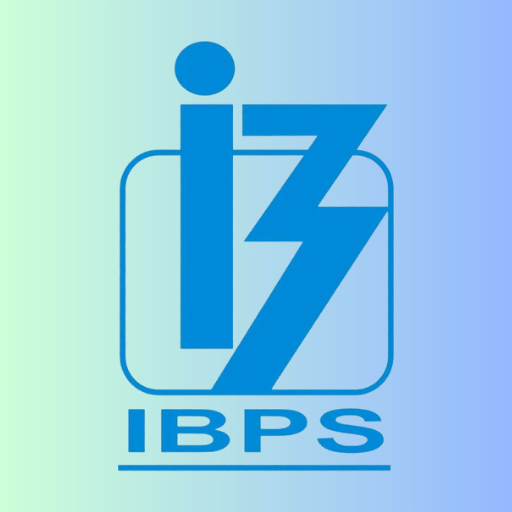Best Study Material for UPSC Exam
UPSC Exam > UPSC Notes > Indian Society for UPSC CSE > Demographic Profile of Women in India
Demographic Profile of Women in India | Indian Society for UPSC CSE PDF Download
As per World economic forum survey, India’s Global Gender Gap Index 2011 ranking is 113 out of 134 countries with neighbours like Bangladesh at 69 & China at 60.
- Sex Ratio – Sex ratio is used to describe the number of females per 1000 of males. As per census 2011 sex ratio for India is 940 females per 1000 of males, e. females form a meager 47% of the total population. The State of Haryana has the lowest sex ratio in India and the figure shows a number of 877 of females to that of 1000 males while Kerala has the highest of 1084 females per 1000 males
- Health – Studies on hospital admissions and records have shown that males get more medical care compared to girls. 2% of the female population is absolute anaemic. 12% of the female population of the country suffers from repeated pregnancy (80% of their productive life is spent in pregnancy) & lack of nutrition.
- Literacy – The female literacy levels according to the Literacy Rate 2011 census are 65.46% where the male literacy rate is over 80%. While Kerala has the highest female literacy rate of 100% , Bihar is at the lowest with only 46.40%
- Employment – Of the total female population 21.9% are a part of Indian workforce. Majority of women are employed in the rural areas and in agriculture. Amongst rural women workers 87% are employed in agriculture as laborers, cultivators, self-employed like hawkers etc i.e in the unorganized sector which almost always remains invisible. Despite the equal remuneration Act 1976, women are paid lower wages, occupy lower skilled jobs, have less access to skill training and promotion.
- Political Status – Though India had a women Prime Minister Late Ms Indira Gandhi, women are not fairly represented in the Parliament & other State & Local bodies. With only around 9 per cent women in upper house and around 11 per cent in the lower house of parliament, India ranks 99th in the world in terms of female representation among However 73rd & 74th amendments to the constitution have ensured the participation of women in PRIs with a reservation of 1/3rd for women. Today more than 30 million women are actively participating in the political decision-making process at the grass root.
The document Demographic Profile of Women in India | Indian Society for UPSC CSE is a part of the UPSC Course Indian Society for UPSC CSE.
All you need of UPSC at this link: UPSC
|
21 videos|72 docs
|
FAQs on Demographic Profile of Women in India - Indian Society for UPSC CSE
| 1. What is the current demographic profile of women in India? |  |
| 2. What are the major challenges faced by women in India? |  |
Ans. Women in India face various challenges, including gender-based violence, discrimination, limited access to education and healthcare, child marriage, dowry system, and lack of equal opportunities in employment. These issues are influenced by social norms, cultural practices, and deep-rooted patriarchal structures, which hinder gender equality and women empowerment.
| 3. How does the demographic profile of women in India impact society and development? |  |
Ans. The demographic profile of women in India has significant implications for society and development. Gender equality and women empowerment are crucial for sustainable development, as women's participation in various fields, such as education, workforce, politics, and decision-making, leads to better outcomes for society as a whole. Addressing the challenges faced by women and ensuring their rights and opportunities can contribute to a more inclusive and progressive society.
| 4. What initiatives has the Indian government taken to improve the status of women? |  |
Ans. The Indian government has implemented several initiatives to improve the status of women. Some notable ones include the Beti Bachao, Beti Padhao (Save the Girl Child, Educate the Girl Child) campaign, the Mahila Shakti Kendra program to empower rural women, the Sukanya Samriddhi Yojana for girl children's financial security, and the Pradhan Mantri Matru Vandana Yojana for providing financial assistance to pregnant and lactating women.
| 5. What are the key factors that contribute to the demographic profile of women in India? |  |
Ans. The demographic profile of women in India is influenced by various factors, including regional and cultural differences, social norms, economic disparities, and educational opportunities. Factors such as women's empowerment, access to healthcare, education, and employment opportunities, as well as efforts to eliminate gender-based violence and discrimination, play a crucial role in shaping the demographic profile of women in the country.
Related Searches


























